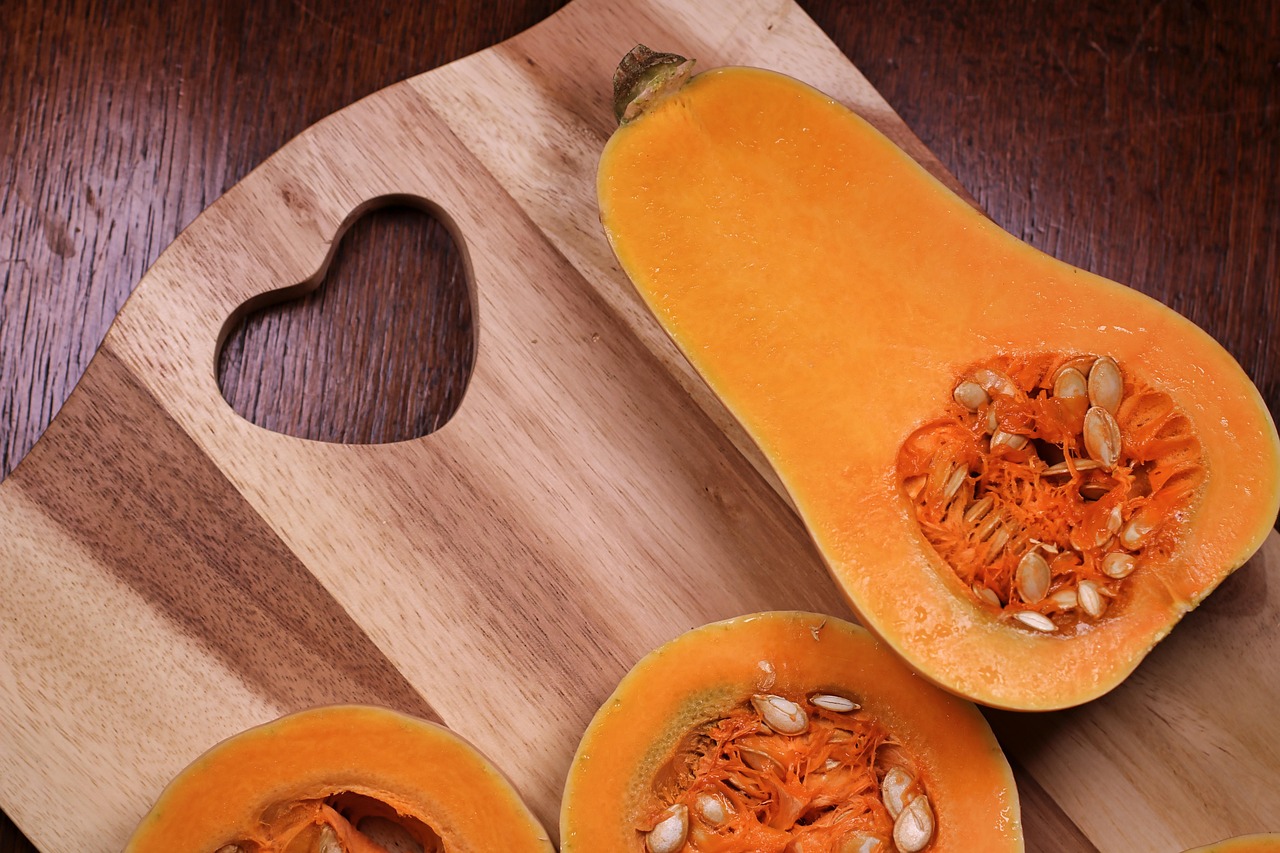Ever wondered how to make butternut squash tender, flavorful, and perfectly cooked every time? Steaming is one of the easiest and healthiest ways to prepare this vibrant fall favorite. Whether you’re a busy parent, a health-conscious foodie, or a beginner in the kitchen, steamed butternut squash is a versatile dish that pairs well with almost any meal.
In this guide, we’ll cover:
✔ Why steaming is the best cooking method for butternut squash
✔ Step-by-step instructions for perfect results
✔ Flavor-boosting tips and seasoning ideas
✔ Nutritional benefits and serving suggestions
Why Steam Butternut Squash?
Steaming preserves more nutrients than boiling or roasting, making it an excellent choice for a healthy diet. Here’s why it stands out:
✅ Retains Nutrients – Unlike boiling (which leaches vitamins into water) or high-heat roasting, steaming keeps most of the squash’s vitamins A, C, and potassium intact.
✅ Enhances Natural Sweetness – Gentle steaming softens the squash while maintaining its rich, slightly sweet flavor.
✅ Quick & Energy-Efficient – Steaming takes less time than roasting and uses minimal energy.
✅ Versatile for Recipes – Steamed butternut squash can be mashed, pureed for soups, or added to salads and grain bowls.
How to Steam Butternut Squash Perfectly
Step 1: Choose the Right Squash
Look for:
🔹 Firm, unblemished skin (no soft spots or cracks)
🔹 Deep orange color (indicates ripeness and sweetness)
🔹 Heavy weight for its size (a sign of freshness)
Step 2: Prep the Squash
-
Wash and peel – Use a vegetable peeler or sharp knife to remove the tough skin.
-
Cut in half – Slice lengthwise and scoop out the seeds with a spoon.
-
Cube or slice – Cut into even 1-inch pieces for uniform cooking.
Step 3: Steam It Right
Stovetop Method:
-
Fill a pot with 1–2 inches of water and bring to a boil.
-
Place squash in a steamer basket (avoid submerging in water).
-
Cover and steam for 8–12 minutes until fork-tender.
Microwave Method (Quick Option):
-
Place squash in a microwave-safe bowl with 2 tbsp water.
-
Cover with a microwave-safe lid or plate.
-
Microwave on high for 5–7 minutes, stirring halfway.
Instant Pot Method:
-
Add 1 cup water to the pot, place squash in a steamer basket.
-
Cook on High Pressure for 3–4 minutes, then quick release.
Step 4: Season & Serve
While plain steamed squash is delicious, a few extra touches can elevate it:
-
Drizzle with olive oil or butter
-
Sprinkle with salt, pepper, and cinnamon (a classic combo)
-
Add fresh herbs (thyme, rosemary, or sage)
-
Top with nuts or seeds (pecans, pumpkin seeds, or walnuts for crunch)
5 Flavorful Variations to Try
-
Savory Garlic & Herb – Toss with minced garlic, parsley, and a dash of parmesan.
-
Maple-Cinnamon – Drizzle with maple syrup and a pinch of cinnamon for a sweet side.
-
Spicy Chili-Lime – Sprinkle with chili powder, lime zest, and cilantro.
-
Creamy Coconut – Mix with coconut milk and a hint of curry powder.
-
Mediterranean Style – Add crumbled feta, olives, and oregano.
Nutritional Benefits of Butternut Squash
Steamed butternut squash is a nutrition powerhouse:
-
Vitamin A (245% DV per cup!) – Supports vision and immune health.
-
Vitamin C – Boosts collagen and immunity.
-
Fiber – Aids digestion and keeps you full longer.
-
Potassium – Helps regulate blood pressure.
-
Low-Calorie – Only 82 calories per cup, making it great for weight management.
Serving Suggestions & Meal Ideas
🍽 As a Side Dish – Pair with roasted chicken, grilled fish, or quinoa.
🥗 In Salads – Toss with kale, cranberries, and goat cheese.
🍜 In Soups – Blend with broth and spices for a creamy soup.
🍝 Pasta & Risotto – Mix into mac and cheese or risotto for extra creaminess.
🥞 Baby Food – Puree for a nutritious homemade option.
Common Mistakes to Avoid
❌ Overcooking – Can turn squash mushy. Check tenderness at the 8-minute mark.
❌ Uneven Cutting – Leads to uneven cooking. Keep pieces uniform.
❌ Skipping Seasoning – A little salt and fat (like butter or oil) enhance flavor.
Final Thoughts: Why Steamed Butternut Squash Deserves a Spot on Your Plate
Steamed butternut squash is a simple, healthy, and delicious addition to any meal. With minimal effort, you get a nutrient-packed dish that’s naturally sweet, versatile, and family-friendly.
Ready to try it? Pick up a squash, steam it to perfection, and enjoy a dish that’s as good for your body as it is for your taste buds!










